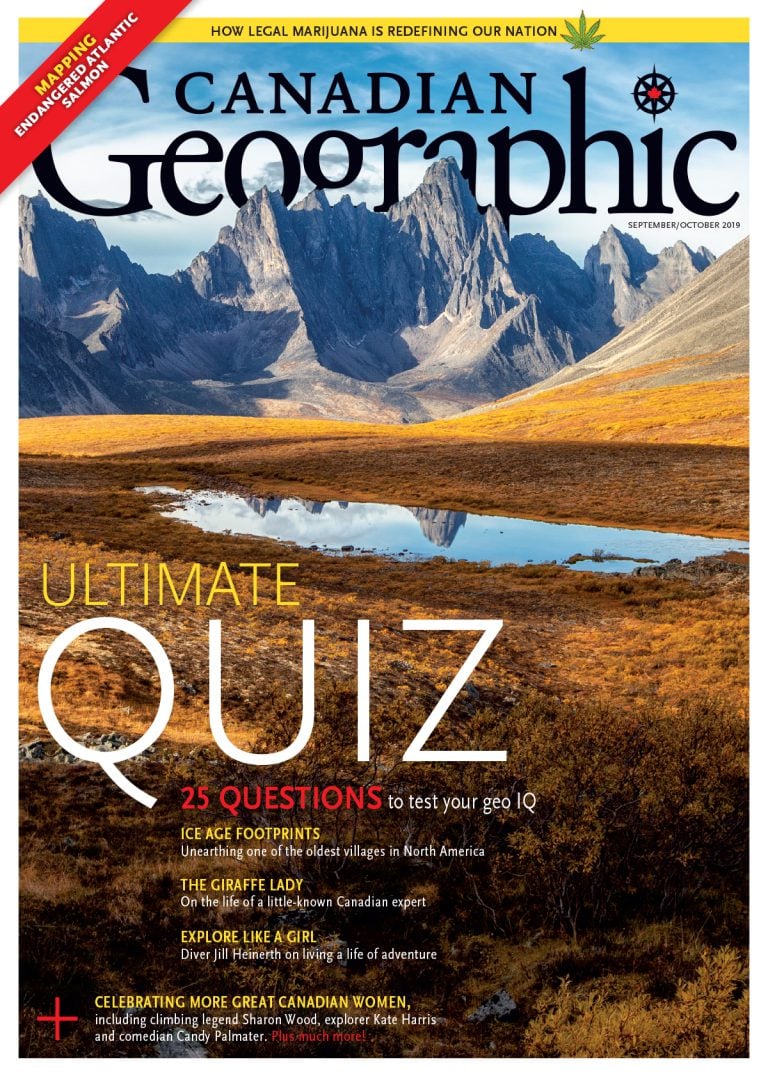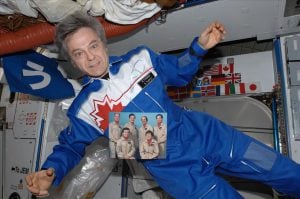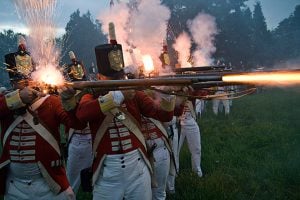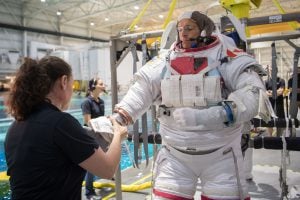
Exploration
Canadian Space Agency astronaut profiles
The men and women that have become part of Canada’s space team
- 1067 words
- 5 minutes
This article is over 5 years old and may contain outdated information.
History

When people think of the space race of the 1950s and ‘60s, what usually comes to mind is the enmity between the United States and the former Soviet Union.
But while the rival superpowers rushed to assert their extraterrestrial dominance, Canada was quietly laying the groundwork for its own world-leading aeronautics research program.
Here are three innovations developed during the Cold War era that helped establish Canada’s space credentials.
The Black Brant — named for an Arctic-dwelling goose — was Canada’s first research rocket. Designed by Winnipeg-based Bristol Aerospace Limited, its purpose was to study upper atmospheric phenomena, particularly the aurora borealis, that could interfere with radio communications.
By the mid-1950s, both the Americans and the Soviets were developing guided long-range missiles that could be fired over the North Pole, so an understanding of the Arctic atmosphere was imperative to North American defense. In 1956, the Canadian Defense Research Board granted the U.S. Army permission to construct a rocket research facility at the Canadian military base in Fort Churchill, Man., and in 1959, Canada launched its first Black Brant.
The rocket was so successful that by the mid-1960s, Bristol had begun selling it to other customers, including the newly-formed National Aeronautics and Space Administration (NASA). Boasting a 98 per cent launch success rate, Black Brants are still manufactured and sold today by Mississauga, Ont.-based Magellan Aerospace.
The successful launch of the Alouette I satellite on September 29, 1962 marked Canada’s first foray into orbit and made Canada the first nation besides the Russian and American superpowers to design and build a satellite.
Alouette’s purpose was to conduct a top-down study of the ionosphere, supplementing the research being done on the ground with rockets like the Black Brant. Through careful management, its projected one-year lifespan was extended to a full decade, during which time it produced more than a million images of the ionosphere.
The success of Alouette I prompted Canada and the U.S. to partner on a new joint research program called International Satellites for Ionospheric Studies (ISIS). Alouette II was launched in 1965, and was followed by ISIS I and II in 1969 and ’71 respectively.
The Space Race ended on July 20, 1969 when the United States successfully landed humans on the moon. But without a vital Canadian contribution, the Apollo 11 mission wouldn’t have had a leg to stand on — literally.
The Apollo lunar module that carried Neil Armstrong and Buzz Aldrin to the moon’s surface featured landing gear designed by a Quebec company, Héroux-Devtek. The company was tasked with developing eight telescopic legs that would absorb the impact of landing and provide a stable launch platform for the astronauts’ return to lunar orbit.
Héroux-Devtek delivered, and their landing gear was used in five subsequent space missions. A little piece of Canada, in the form of Héroux-Devtek equipment, still resides on the moon.
Are you passionate about Canadian geography?
You can support Canadian Geographic in 3 ways:

This story is from the September/October 2019 Issue

Exploration
The men and women that have become part of Canada’s space team

Exploration
The significant CSA events since Alouette’s launch

History
Soldiers, descendants of Loyalists and history buffs recreate a battle to demonstrate why the War of 1812 is still important today.

Exploration
A conversation with Canadian astronaut David Saint-Jacques, who is getting ready to travel to the International Space Station